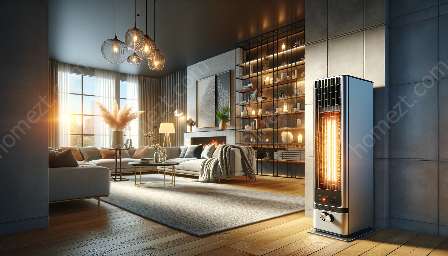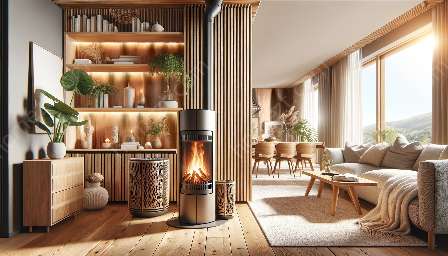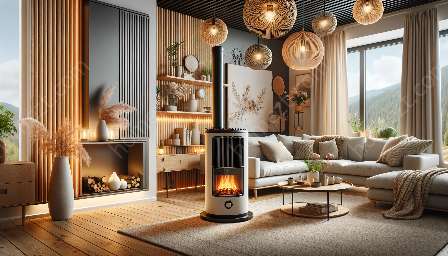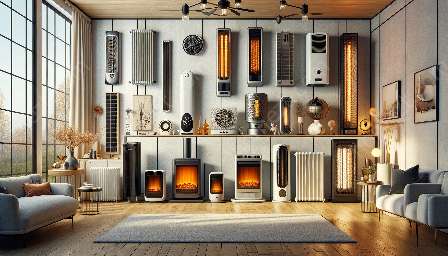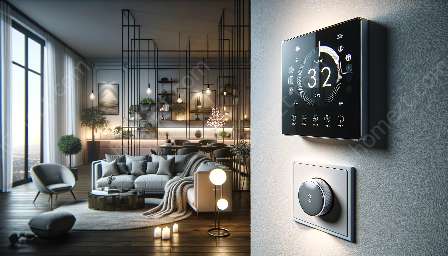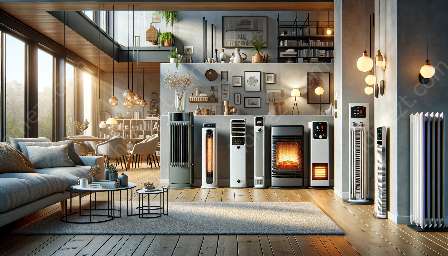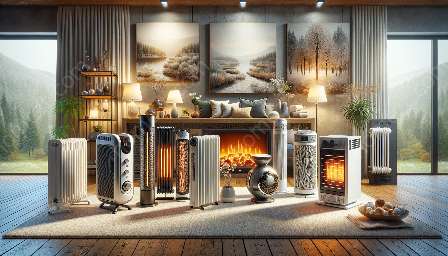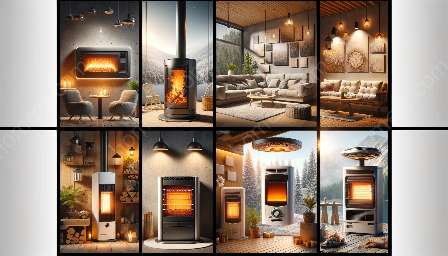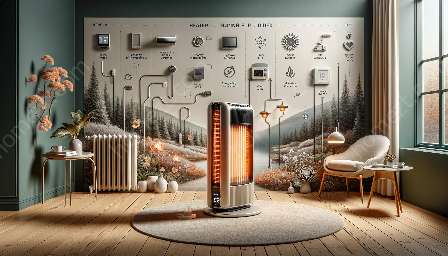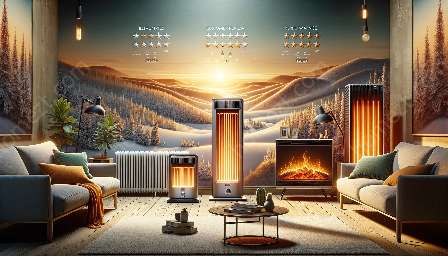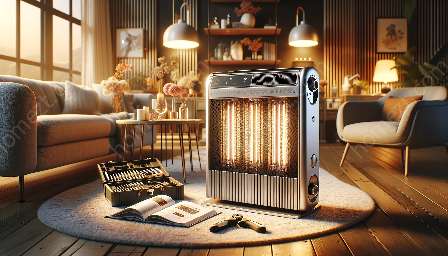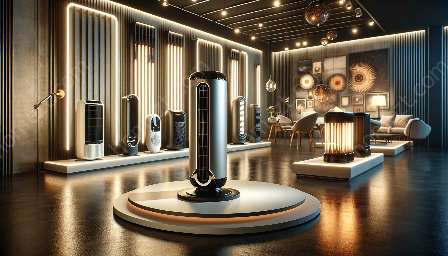Portable heaters offer a convenient and versatile solution for heating different spaces. Whether you need supplemental heating in a specific room or wish to keep a workspace warm, portable heaters come in various types to suit your needs. This comprehensive guide will explore the different types of portable heaters, important safety considerations, and effective usage tips to maximize their benefits.
Types of Portable Heaters
Portable heaters come in several types, each with its own advantages and ideal use cases. Understanding the differences between these types can help you choose the best option for your specific needs.
1. Ceramic Heaters
Ceramic heaters are popular for their quick heating capability. They generate heat through ceramic heating elements and are suitable for providing localized warmth in small to medium-sized spaces. These heaters are energy-efficient and often feature oscillation for even heat distribution.
2. Radiant Heaters
Radiant heaters emit infrared radiation, which directly heats objects and people in their line of sight. These heaters are excellent for spot heating and are often used in outdoor settings or drafty indoor spaces.
3. Oil-Filled Heaters
Oil-filled heaters utilize a reservoir of thermally conductive oil to generate heat. They are known for their silent operation and even heat distribution. These heaters are suitable for long-duration heating and can maintain warmth even after being turned off.
4. Fan-Forced Heaters
These heaters use a fan to disperse heat, making them effective for quickly heating larger spaces. Fan-forced heaters are versatile and can be used in various settings, ranging from homes to workshops.
Key Considerations for Safe Use
While portable heaters offer convenience, it's crucial to prioritize safety when using these devices. By following essential safety guidelines, you can ensure safe and effective heating in any environment.
1. Placement
Place your portable heater on a level, flat surface away from foot traffic to prevent tripping hazards. Keep flammable items such as curtains, furniture, and bedding at a safe distance from the heater.
2. Ventilation
Ensure proper ventilation in the room where the heater is used to prevent the buildup of carbon monoxide. Regularly inspect and clean the heater's vents to maintain optimal airflow.
3. Power Source
Use the recommended power source for your portable heater, and avoid overloading electrical circuits. Inspect cords for any damage or wear and tear, and never use extension cords unless they are specifically approved for heater use.
Maximizing the Benefits
To make the most of your portable heater, consider implementing the following tips and techniques to enhance its efficiency and performance.
1. Set Thermostat Appropriately
Adjust the thermostat of your portable heater to maintain a comfortable temperature without unnecessary energy consumption.
2. Use Timers
If your heater has a built-in timer feature, take advantage of it to schedule heating according to your daily routine, optimizing energy usage.
3. Regular Maintenance
Perform routine maintenance, including cleaning the heater and ensuring all components are in good condition. This helps maintain efficiency and prolong the lifespan of the heater.
By understanding the various types of portable heaters, prioritizing safety, and adopting effective usage strategies, you can fully embrace the versatility and convenience of these heating devices. Whether you seek focused warmth in a chilly corner or need to supplement central heating, portable heaters offer a reliable solution for personalized comfort.


